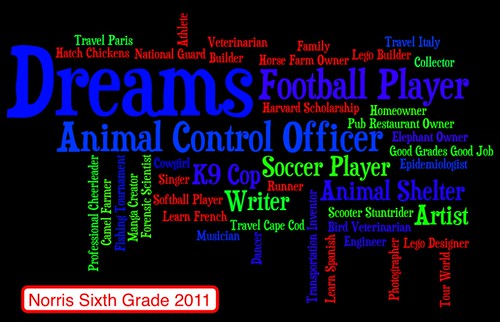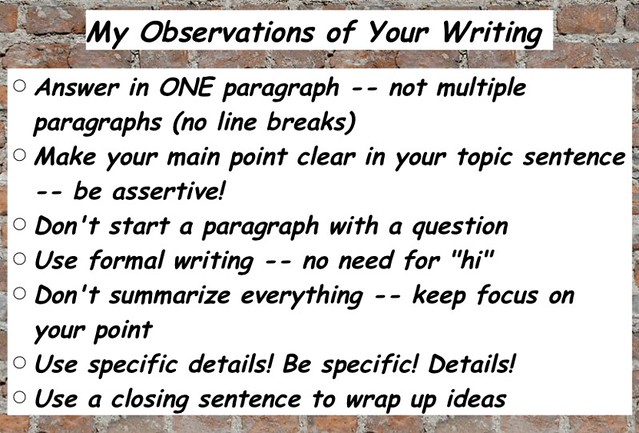We’re only a few weeks into the year, but a few of my students are already on the radar. You are probably in the same situation — noticing and making notes of students who will be needing a little more support and attention as writers and readers. We’re still finishing up our digital story project, but as in other years, I am noticing how this kind of technology project can engage the reluctant writers I am already seeing. This one student really struggled with sentence flow, and syntax, and getting ideas down on paper, but they have flourished with the Dream Scene digital story project, so much so that every single day they are asking if I can share their project with all of my classes.
They would never, not in a million years, do that with a written piece of writing.
I was thinking of this the other day — of what is it about the technology aspect that can provide an inroad for some of our reluctant writers to be successful, and feel successful, even though they don’t see themselves as writers. In this case, this student gets so frustrated with other assignments, they often just give up, hang their head and shut down.
So why this project?
First of all, the “writing” is hidden. Their writing is a script, a piece of narration, and so all spelling, grammar and other mechanics that often gum up their writing is behind the veil. This gives the student some power and some authority over the “content” of the piece as opposed to the “mechanics” of the piece. We’ll work on mechanics this year, for sure, but here, that isn’t the main thing that readers/viewers will see.
Second, there was a set structure to their pieces (what is your dream, why is it important, how will you achieve it) that kept the writing from getting too open-ended and unfocused. We’ll be moving on to more open writing later in the year, and I know I will need work on hard with storyboarding, and graphic organizers, and more. But for now, this structure was a comfort zone for my reluctant writers.
Third, the art element of illustrating your own digital story empowered the strengths of this particular student. They spent a lot of time on the art, erasing and restarting a handful of times to get it just right. There was a real pride in what they were doing, and that pride-fulness carried over into the digital story component of the piece. I want to note that in the illustration, the self-portrait shows my student smiling and in full focus. I love that self-perception, which we don’t always see in them in the classroom, unfortunately.
Fourth, if you listen, you can hear this student perceiving an audience. They know we will be watching it together in the classroom (and we may be sharing these over at Youth Voices, too). The sense that more than me, the teacher, would be the viewer gave a little push to try a little harder, and to not be afraid to get the picture right, and get the narration right, even if it meant slowing down and starting over (something they would almost never do with a piece of written work. They write; it’s done.)
Finally, they were creating an original video, for the first time ever. Too many young people are cast into the role of consumer, or viewer, and not enough into the role of producer. Even with this short digital story, the expertise was in their hands, and they were creating something original. The power of that act is very motivating for young people.
I’m as proud of what this student has accomplished as they are of themselves, and my task now is to keep nurturing that motivation and using that interest to work on writing skills. I will keep referring back to this early success as an example of what they can do, instead of pounding it into their head the thing they lack. The deficit model won’t work so well in this situation.
This young writer is being built, one digital story at a time.
Peace (in the mulling over),
Kevin


